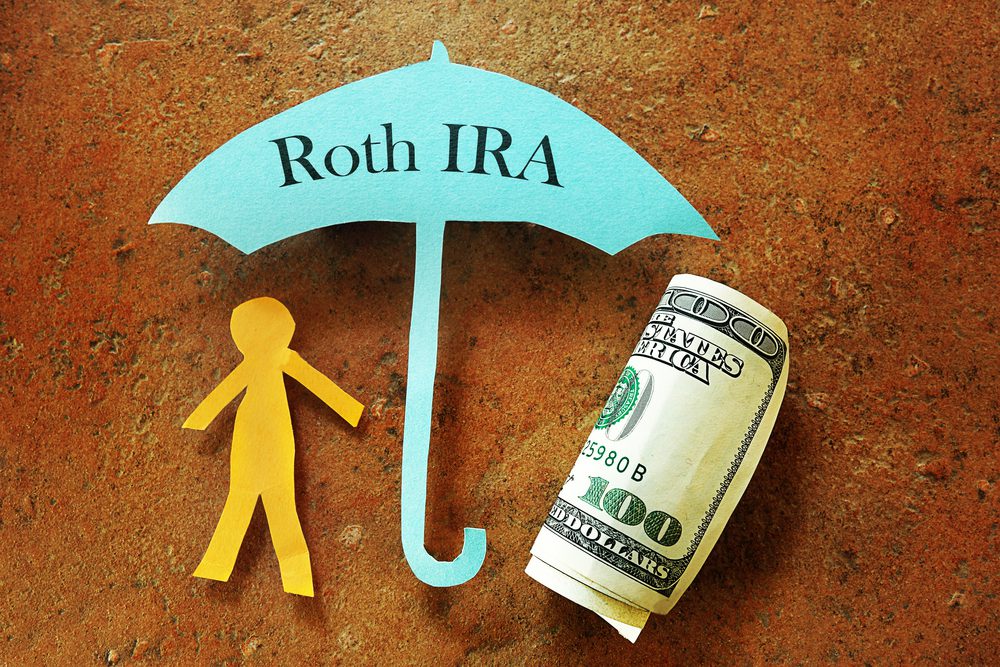Some retirement income is exempt from taxes! Do you know which one?
When it comes to retirement planning, it’s crucial to think about how taxes will eat into your savings as you reach your golden years. Any amount owed to the IRS will be deducted from your retirement savings or income, assuming you’ve left job earnings behind.
As a result, the more tactics you can use to reduce or eliminate your tax burden, the more money you’ll keep. Of course, getting there necessitates some preparation. It takes a lot of preparation to generate tax-free income consistently over a long period.
To put things in perspective, if you want your retirement savings to generate $50,000 in tax-free retirement income each year and you want to stick to the so-called 4%-per-year withdrawal rule, in other words, a ratio designed to help your money last for at least 30 years, you will need a portfolio of at least $1.25 million
Your particular annual cash-flow demands from your nest egg may be larger or lower than $50,000, of course. Depending on the specifics of your scenario, you may need to use a combination of tactics.

1. A Roth account
You might set yourself up for a fairly simple approach to obtain tax-free income if you can save money in a Roth form of an individual retirement account or 401(k) plan. While contributions to a standard IRA or 401(k) are not tax-deductible, payouts paid after age 5912 are normally tax-free.
Paying your taxes early is the best way to end up with tax-free income — and the easiest way to achieve so is to contribute to a Roth account during your working years.
A Roth IRA allows you to contribute up to $6,000 per year ($7,000 if you’re 50 or older). However, at $125,000 for a single taxpayer and $198,000 for married couples filing a joint tax return, that allowance begins to phase out and disappears at $140,000 (for singles) and $208,000 (for married couples filing a joint tax return) (couples).
Roth 401(k) plans are more generous: there is no income limit, and you can contribute up to $19,500 in 2023 (plus an additional $6,500 if you’re 50 or older).
The Roth IRA income cap can be circumvented in several ways. You could, for example, put money into a standard IRA and subsequently convert it to a Roth. There may be taxes due on the conversion, but you will not be taxed on future payouts.
2. Municipal Bonds
States, counties, cities, and other entities issue these bonds to support public projects. In addition, the interest you earn on so-called munis is often tax-free. If the bond is issued in your home state, it may be tax-free on both the federal and state levels.
However, if you buy munis for a state where you don’t live, you’ll have to pay state income tax for those,” says one expert. For example, if you live in Florida and buy bonds issued in New Jersey, you still have to pay state income tax on them. It’s also crucial to realize that munis may be subject to federal taxation in some circumstances, so don’t assume your earnings are tax-free.
3. Capitalize on long-term capital gains rates
Any gain on an investment held for more than a year is classified as long-term and is taxed accordingly. (It’s taxed as ordinary income otherwise.) Qualified dividends are the same way. The tax rate on long-term gains is determined by your income.
The rate is 0% if you are a single taxpayer with income up to $40,000 ($80,000 for married couples filing jointly). Those profits can be tax-free if you keep your income below those thresholds.
Keep in mind, however, that taxes are only one factor to consider when planning your retirement investment strategy. You should think about portfolio allocation. Are your investments well-diversified and consistent with your risk tolerance and objectives? It may have conflicting goals or elements.
The pace of life changes, and we may peacefully appreciate even the smallest moments with family and friends, dedicating as much time as we need to ourselves. Retirement is an unusual event that causes significant changes. And while you may have been waiting for it your entire life, this freedom can come with a cost.
When you’re overwhelmed and you think you won’t survive retirement during this inflation, come and take a look at this awesome book. Fully updated for 2023 rules, Retirement Planning Guide 2023: How to Navigate Major Financial Decisions to Make Your Retirement Years the Best of Your Life is definitely a book every senior should have in their bookcase. Plus, it also has a great price on Amazon!
4. Life insurance or annuities
While permanent life insurance policies have substantially higher premiums than term life insurance, this is due in part to the fact that these policies save money. The concept is that you pay these expensive installments, some of which are insured, and the rest are in savings and investment containers.
Depending on the details, these so-called cash-value life insurance plans can be utilized to generate tax-free retirement income. However, there is some additional complexity when distributing, therefore caution is advised.
Annuities, on the other hand, can provide a steady income stream in retirement. If you finance one with after-tax money, only the interest is normally taxable. Annuities, on the other hand, come in a variety of shapes and sizes, and they might be more expensive than other income-stream options.
After you give your money to the insurance company that sold you the annuity, it can be difficult to obtain it back after a short period of review. If you no longer want the annuity or withdraw more than it’s allowed under the contract, you may have to pay a surrender price. Especially in the early years of a contract, that charge might be quite high.

5. Social Security
Your benefits may be subject to tax depending on how much you earn from Social Security and your other income, but you may still owe Uncle Sam little to nothing.
Adding one-half of your benefits, as well as nontaxable interest, to your adjusted gross income is the basic formula (i.e., muni bonds). If the amount is between $25,000 and $34,000 for a single taxpayer ($32,000 and $44,000 for married couples filing jointly), half of it is taxed.
It is not taxed if the income is below that range; if it is beyond that range, it is taxed at a rate of 85%.
Even if the calculation yields taxable income, you can still deduct the standard deduction ($12,550 for individuals and $25,100 for married couples in 2021). Furthermore, if you are at least 65 years old, you are entitled to a larger standard deduction – $1,700 for single filers and $1,350 for married couples. In other words, if you have taxable income, your deduction or deductions may reduce your real tax burden to zero or close to zero.
While you may think you know everything about retirement, remember that there is always going to be something new to learn. It’s crucial to be aware of the changes that may interfere along the way and, of course, be ready for everything. Keep yourself updated by subscribing to our page on Retirement in USA with just a simple click on the Subscribe button!
And if you want to read more about this topic, check out this article: 8 Budgeting Mistakes You Can Easily Avoid in Early Retirement.























